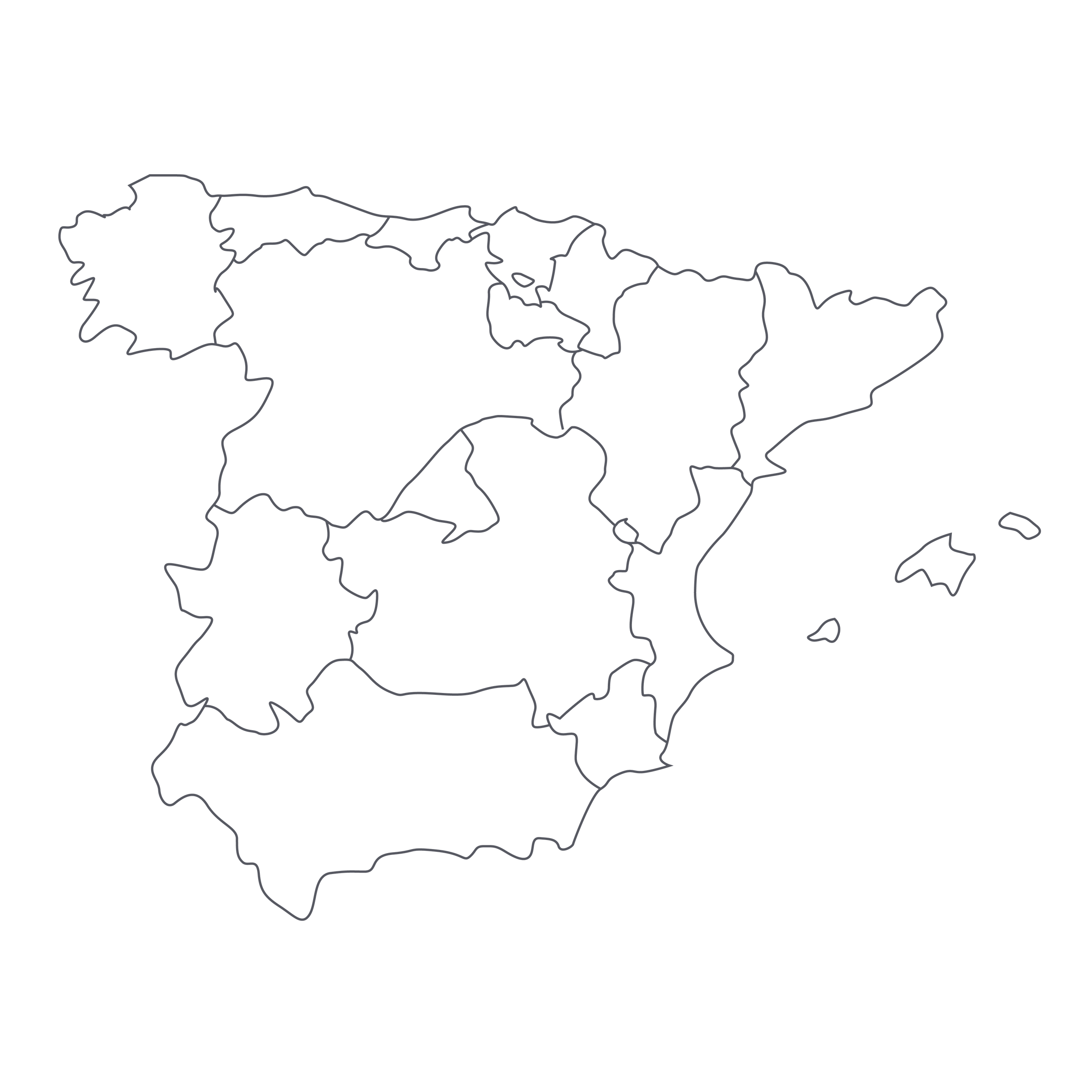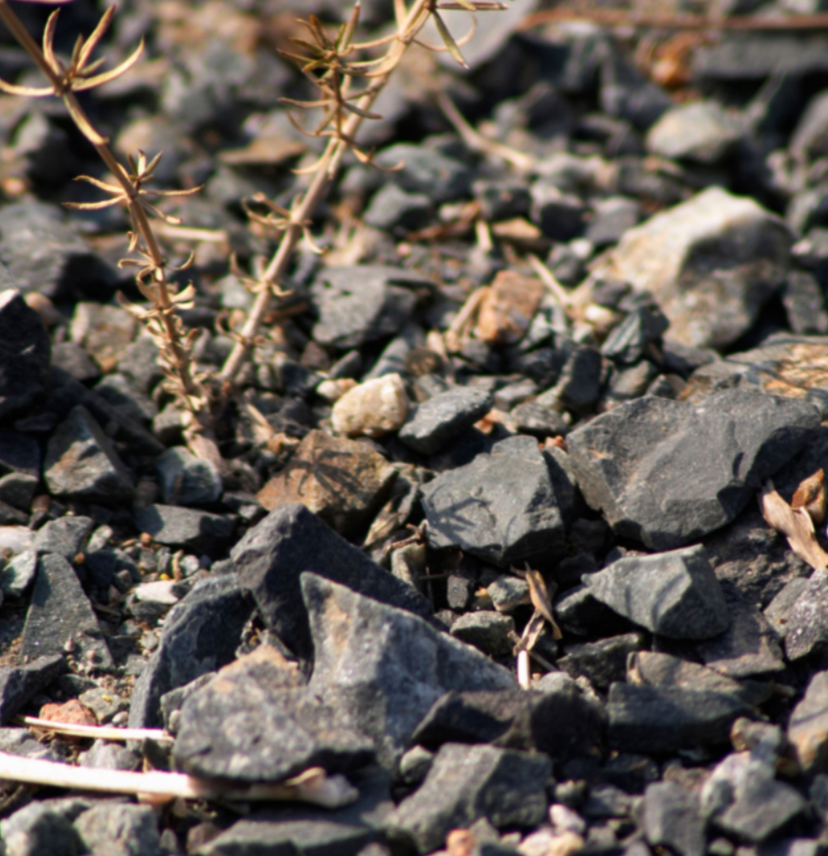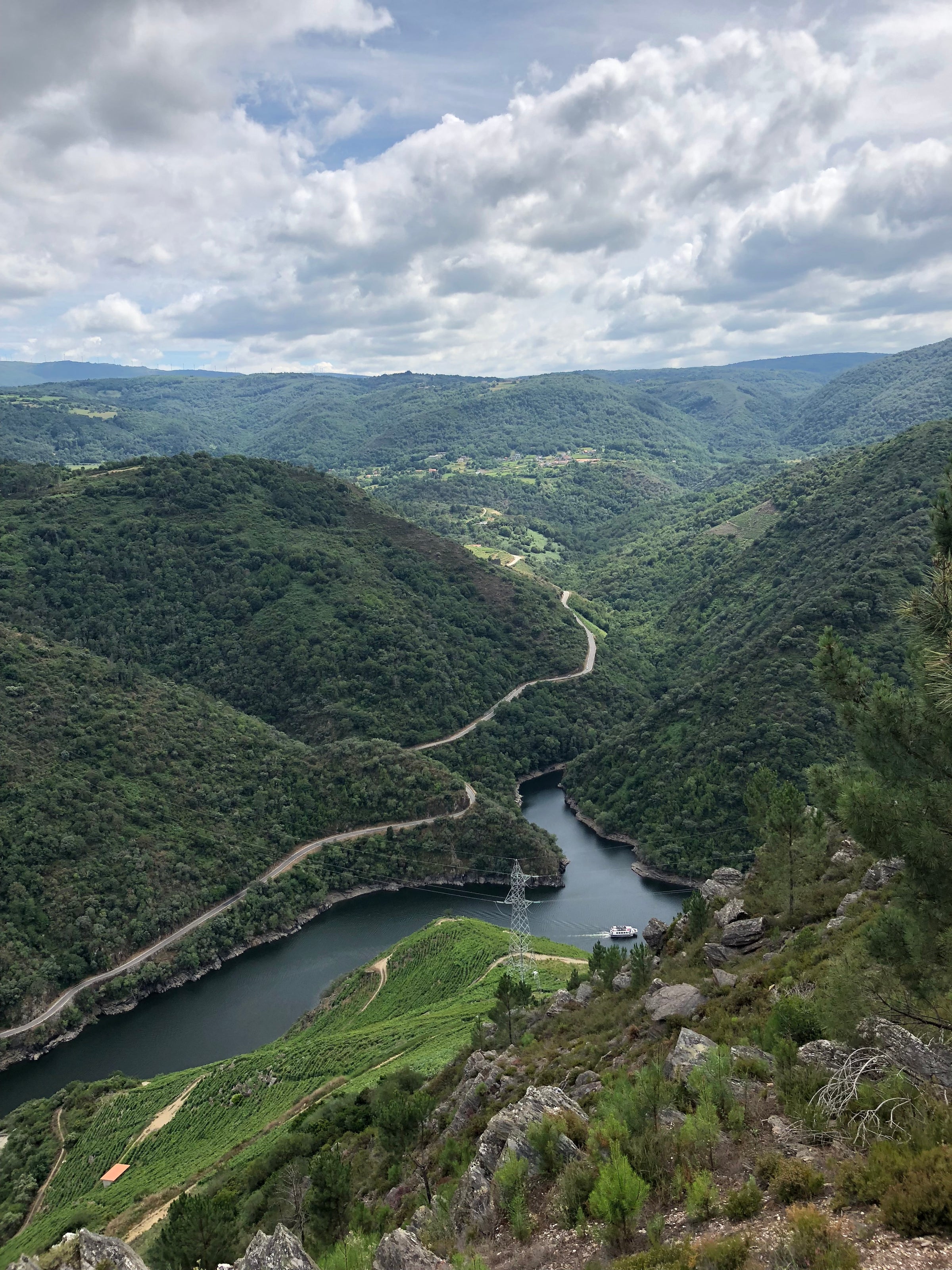I don’t mind repeating myself when I firmly believe in something, and that’s certainly the case when it comes to Rioja: This region consistently delivers some of the world’s greatest values and today’s Reserva from Bodegas Santalba is a prime example.
With organic farming in place across all 50 acres of their estate-owned vines, pure terroir expression from one of the world’s finest regions, and four years’ aging before release—how can this Reserva still be priced so low? Furthermore, seeing as they are situated minutes from legendary estates (i.e. Lopez Heredia, La Rioja Alta, Muga) and they farm some of the finest high-altitude sites around the snaking Ebro River, there is no lack of prestige or terroir. Now nearing eight years of age, Santalba’s 2010 Reserva is in a perfect drinking window and one that will stay open for the following decade. That’s a tremendous amount of pedigree at this price—something the great old bodegas of Rioja deliver on a regular basis!
Santalba is a relative newcomer, meanwhile, but owner Santiago Ijalba enjoys a rich history in the wine industry. In 1998, fueled with wine experience dating back to 1964, Santiago launched Bodega Santalba (a fusion of his name). Today, Santiago and his son, Roberto, run the operations: they implement organic practices in the vineyard and make wine as naturally as possible. Bodegas Santalba has various wine ranges that are overseen by either father or son—all the wines under the “Ermita de San Felices” label are crafted by Santiago. This range pays homage to the fifth century Patron Saint of Haro, San Felices, who spent the waning years of his life up here on this
jutting crag. Additionally, every June 29th, there is an annual “Battle of Wine” that celebrates several historic events. Masses of people make an informal pilgrimage up to San Felices’ vertiginous hermitage before breaking into a
wine spewing fracas. As noted in the attached
Decanter article, over 30,000 gallons of wine are tossed, sprayed, dumped, and consumed by locals and tourists alike.
Today’s Reserva was sourced from four different high-altitude vineyards (~1,800 feet) within Rioja Alta—considered by many to be the greatest of the three Rioja subzones: It enjoys a cooler climate, protection from harsh winds, and ideal amounts of rainfall. Santalba’s 35-year-old Tempranillo vines are rooted in chalky clay soils and they undergo an incredible amount of tending—mostly by hand—throughout the growing season. After hand harvesting, the grapes arrived at the winery and were fermented with indigenous yeasts in stainless steel tanks. The wine was then transferred into American oak of various ages and toast levels, and, after 18 months, was bottled without fining. Per ‘Reserva’ aging requirements, it was stored in their cellars a minimum of two years before release.
In the glass, Santalba’s 2010 “Ermita” Reserva hints at development with a dark, nearly opaque garnet core and slight bricking on the rim. Slight sediment is noticeable throughout, due to the wine’s age and it being unfined. The nose is more perfumed than most of your typical Rioja—showing off beautiful notes of candied red cherry, red and blackcurrant, wildflowers, licorice, sweet and sour plum sauce, black raspberry, cedar and sandalwood, black mushroom, tobacco, pepper, underbrush, dill, coconut husk, and exotic baking spices. The palate is medium-plus bodied and, while traditionally styled, doesn’t show any excessively oxidative qualities. With ample amounts of dense, ripe fruit and building tannins that lead to an earth-dominated finish, this is a old-school wine with a modern twist. Santalba’s 2010 Reserva is in a beautiful drinking window right now and should be performing at its highest level for another decade. Decant for 30-45 minutes and pour into Bordeaux stems around 60-65 degrees. Track its evolution over several hours and enjoy next to a unique, meaty take on Rioja’s traditional patatas bravas. Enjoy!





